Red light therapy (RLT), also known as low-level laser therapy (LLLT) or photobiomodulation, has gained significant attention in recent years as a non-invasive method for body contouring and weight loss. With claims circulating about its ability to burn fat, many people are curious about whether this therapy truly delivers on its promises.
What Is Red Light Therapy?
Red light therapy is a non-invasive procedure that uses low-level red or near-infrared light to penetrate the skin and stimulate cellular processes. The light, typically emitted at wavelengths between 600 and 1000 nanometers, targets the mitochondria—the powerhouse of cells—to boost energy production and promote various health benefits. Originally developed by NASA for plant growth and wound healing, RLT has since been explored for applications in skincare, pain management, and, more recently, fat reduction.
The procedure is performed using devices such as LED panels, lasers, or full-body beds, often in medical offices, spas, or at home with consumer devices. Unlike ultraviolet light, red light therapy does not cause skin damage or burns, making it a safe option for many users. Its growing popularity for weight loss stems from claims that it can target stubborn fat deposits and enhance body contouring without surgery.
How Does Red Light Therapy Work for Fat Loss?
Red light therapy’s purported fat-burning effects hinge on its ability to interact with fat cells, known as adipocytes, and stimulate metabolic processes. The light penetrates 1–2 inches into the skin, targeting the subcutaneous fat layer just beneath the surface. Here’s how it works:
The light is absorbed by the mitochondria, increasing the production of adenosine triphosphate (ATP), the energy currency of cells. This boost in ATP enhances cellular function and metabolism. In fat cells, red light therapy is believed to create temporary pores in the cell membrane, allowing stored lipids (fats) to be released into the bloodstream as fatty acids and glycerol. These released fats can then be burned for energy or eliminated through the body’s natural waste processes.
Red light therapy may enhance blood flow and lymphatic drainage, which helps transport the released fats away from the treated area to be metabolized. The process does not destroy fat cells but rather empties their contents, potentially leading to a reduction in the size of the fat layer. To achieve actual fat loss, the body must burn these released fats through exercise or a calorie deficit, as unburned fats may be reabsorbed by other fat cells.
Scientific Evidence: Does It Really Burn Fat?
While red light therapy is promoted as a fat-burning tool, the scientific evidence is mixed, with some studies showing promise and others highlighting limitations. A 2020 pilot study involving 60 adults with overweight found that twice-weekly LLLT treatments over six weeks resulted in a modest 0.8-inch (2 cm) reduction in waist circumference. However, this study lacked a control group, making it difficult to attribute the results solely to RLT.
Another study published in 2016 in Lasers in Surgery and Medicine observed significant reductions in abdominal fat tissue after four weeks of RLT treatments. Participants who received the therapy showed measurable decreases in waistline measurements compared to a placebo group. The researchers suggested that improved blood flow and lymphatic drainage might contribute to these outcomes.
A 2018 study explored the combination of LLLT with exercise in 49 females with obesity. The group receiving RLT alongside exercise showed greater reductions in body fat and inflammatory markers compared to the exercise-only group. This suggests that red light therapy may enhance fat loss when paired with physical activity.
Not all studies are conclusive. Many are small, lack control groups, or focus on short-term results, leaving questions about long-term efficacy. Most research indicates modest fat loss—typically 1–3 inches in treated areas after multiple sessions—but results vary widely based on individual factors, device quality, and lifestyle.
Benefits of Red Light Therapy for Fat Loss
Red light therapy offers several potential benefits for those seeking non-invasive fat reduction:
- Non-Invasive and Painless: Unlike surgical options like liposuction, RLT requires no incisions, anesthesia, or recovery time. Sessions typically last 10–40 minutes and feel warm and relaxing.
- Targets Stubborn Fat: RLT can focus on specific areas, such as the abdomen, thighs, or hips, where fat is resistant to diet and exercise.
- Improves Skin Appearance: By stimulating collagen and elastin production, RLT can tighten skin, reducing sagging and improving body contouring results.
- Boosts Metabolism: Enhanced mitochondrial function may increase the body’s ability to burn calories, supporting overall weight management.
- Minimal Side Effects: Most users experience no adverse effects, though rare cases of skin irritation or minor burns have been reported when devices are misused.
These benefits make RLT an attractive option for those looking to complement their weight loss efforts without invasive procedures.
Limitations and Risks of Red Light Therapy
Despite its potential, red light therapy is not a magic bullet for fat loss. Several limitations and risks should be considered:
- Inconsistent Results: Studies show varying outcomes, with some participants experiencing minimal or no fat reduction. Factors like body type, device quality, and session frequency influence results.
- Requires Lifestyle Changes: RLT alone does not burn fat. Without exercise or a calorie deficit, released fats may be redeposited in other fat cells, negating the effects.
- Cost: Professional RLT sessions can be expensive, with six-session packages costing $2,000–$4,000. At-home devices are more affordable but may be less powerful.
- Limited Research on Long-Term Effects: Most studies focus on short-term outcomes, leaving uncertainty about whether fat loss is sustained over time.
- Not Suitable for All: Most research has been conducted on individuals with a BMI of 25–30, so efficacy in other populations, such as those with higher BMIs or different racial backgrounds, is unclear.
Rare side effects include skin irritation or burns, particularly if devices are applied directly to the skin without proper precautions. Consulting a healthcare provider before starting RLT is recommended, especially for those with pre-existing conditions.
How to Use Red Light Therapy for Optimal Fat Loss
To maximize the potential fat-burning effects of red light therapy, consistency and complementary lifestyle habits are key. Here are practical tips for using RLT effectively:
- Choose the Right Device: Professional-grade devices, such as the Bontanny Moving Pro or Table Stand Series Red Light, use specific wavelengths (635–880 nm) proven effective for fat reduction. At-home devices may work but often require longer sessions due to lower intensity.
- Follow a Treatment Schedule: Most studies suggest 2–3 sessions per week for 4–6 weeks to see noticeable results. Each session typically lasts 15–20 minutes, targeting bare skin in the desired area.
- Combine with Exercise: Performing aerobic exercise immediately after RLT sessions can help burn the released fatty acids. Studies show that combining RLT with exercise enhances fat loss compared to either method alone.
- Maintain a Calorie Deficit: A balanced diet that creates a calorie deficit is essential to prevent reabsorption of released fats. Focus on protein, healthy fats, and complex carbohydrates to stay full and support metabolism.
- Stay Hydrated and Active: Adequate hydration and daily movement improve blood flow and lymphatic drainage, aiding the body in processing released fats.
- Consult a Professional: A dermatologist, weight loss specialist, or chiropractor can tailor a treatment plan to your goals and ensure safe device use.
Red Light Therapy vs. Other Fat Loss Methods
How does red light therapy stack up against other fat loss methods? Here’s a comparison:
- CoolSculpting: This non-invasive procedure freezes fat cells, causing them to die and be eliminated. It may offer more dramatic results than RLT but can cause bruising and requires recovery time.
- Liposuction: A surgical option, liposuction removes fat cells permanently but involves significant downtime and risks like infection or scarring.
- Laser Lipolysis (e.g., Emerald Laser): Similar to RLT, laser lipolysis drains fat cells without destroying them. It may be more effective for targeted fat reduction but requires multiple sessions.
- Diet and Exercise: The most sustainable fat loss method, diet and exercise require no special equipment but demand consistent effort. RLT can enhance these efforts but is not a replacement.
Each method has trade-offs. RLT’s non-invasive nature and minimal side effects make it a low-risk option, but it may not deliver the dramatic results of surgery or other advanced treatments.
Real-World Results and Expectations
Real-world experiences with red light therapy vary. Some users report losing 1–3 inches around their waist, hips, or thighs after a series of treatments, often noticing a flatter abdomen or tighter skin. For example, a Reddit user shared losing 1 inch around their abdomen and arms after a single session, describing visible results without sweating, suggesting it wasn’t water weight. However, others report minimal changes, especially without lifestyle adjustments.
Most experts agree that RLT works best as part of a comprehensive weight loss plan. Results typically appear after 4–12 weeks of consistent sessions, with full effects taking months. Setting realistic expectations is crucial—RLT is not a quick fix but a tool to support gradual fat reduction and body sculpting.
Who Should Consider Red Light Therapy?
Red light therapy may be suitable for individuals with stubborn subcutaneous fat who are already pursuing a healthy lifestyle but want an extra boost. It’s ideal for those seeking non-invasive options and willing to commit to multiple sessions. However, it’s not recommended for those expecting significant weight loss without diet or exercise, or for individuals with certain medical conditions, such as photosensitivity or severe obesity, without medical clearance.
Conclusion: Does Red Light Therapy Burn Fat?
Red light therapy shows promise as a non-invasive tool for fat reduction, particularly for targeting stubborn subcutaneous fat in areas like the abdomen, hips, and thighs. By stimulating fat cells to release stored lipids and enhancing metabolism, it can support modest fat loss when combined with exercise and a calorie deficit. Scientific studies demonstrate measurable reductions in waist circumference and body fat, but results are inconsistent, and long-term effects remain understudied.

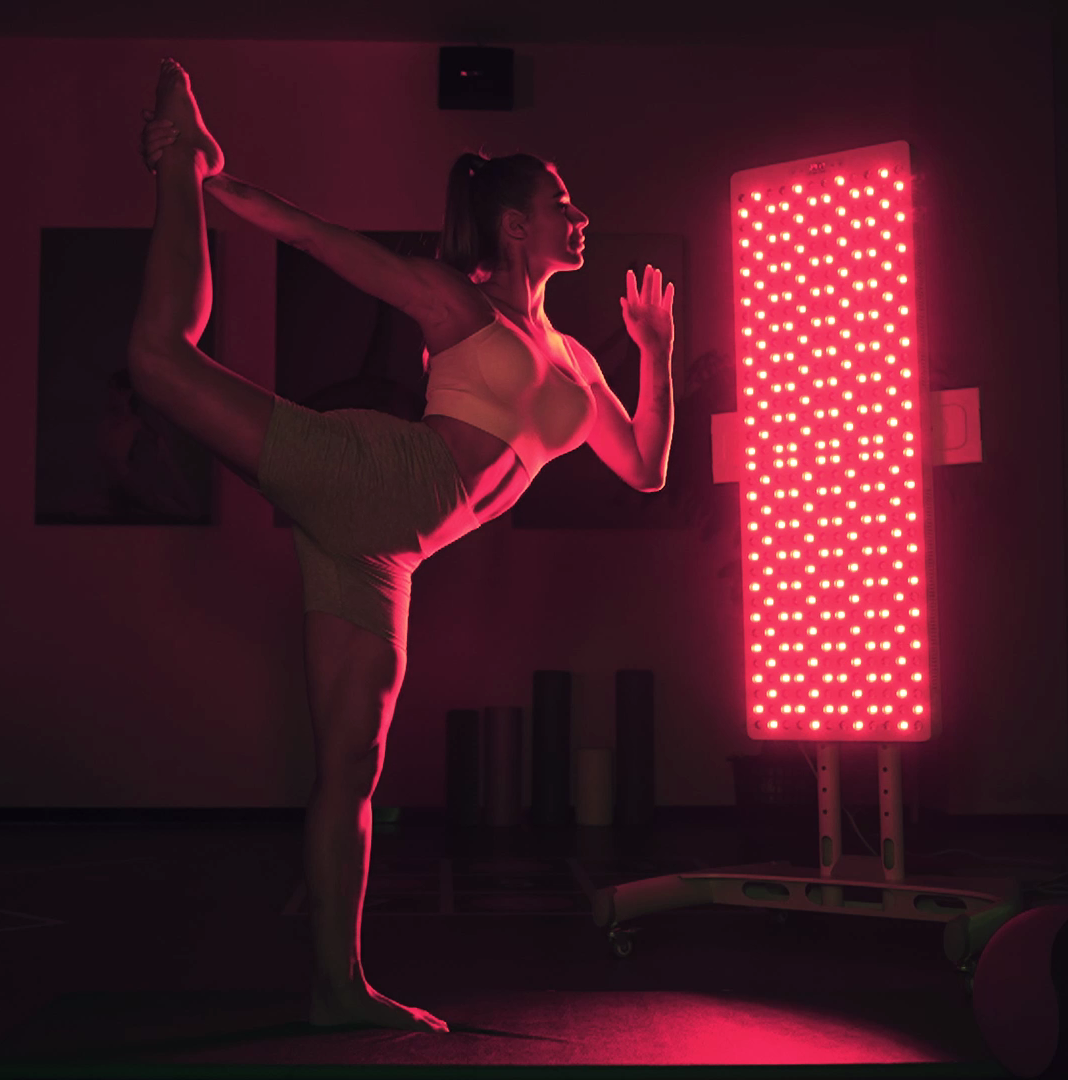
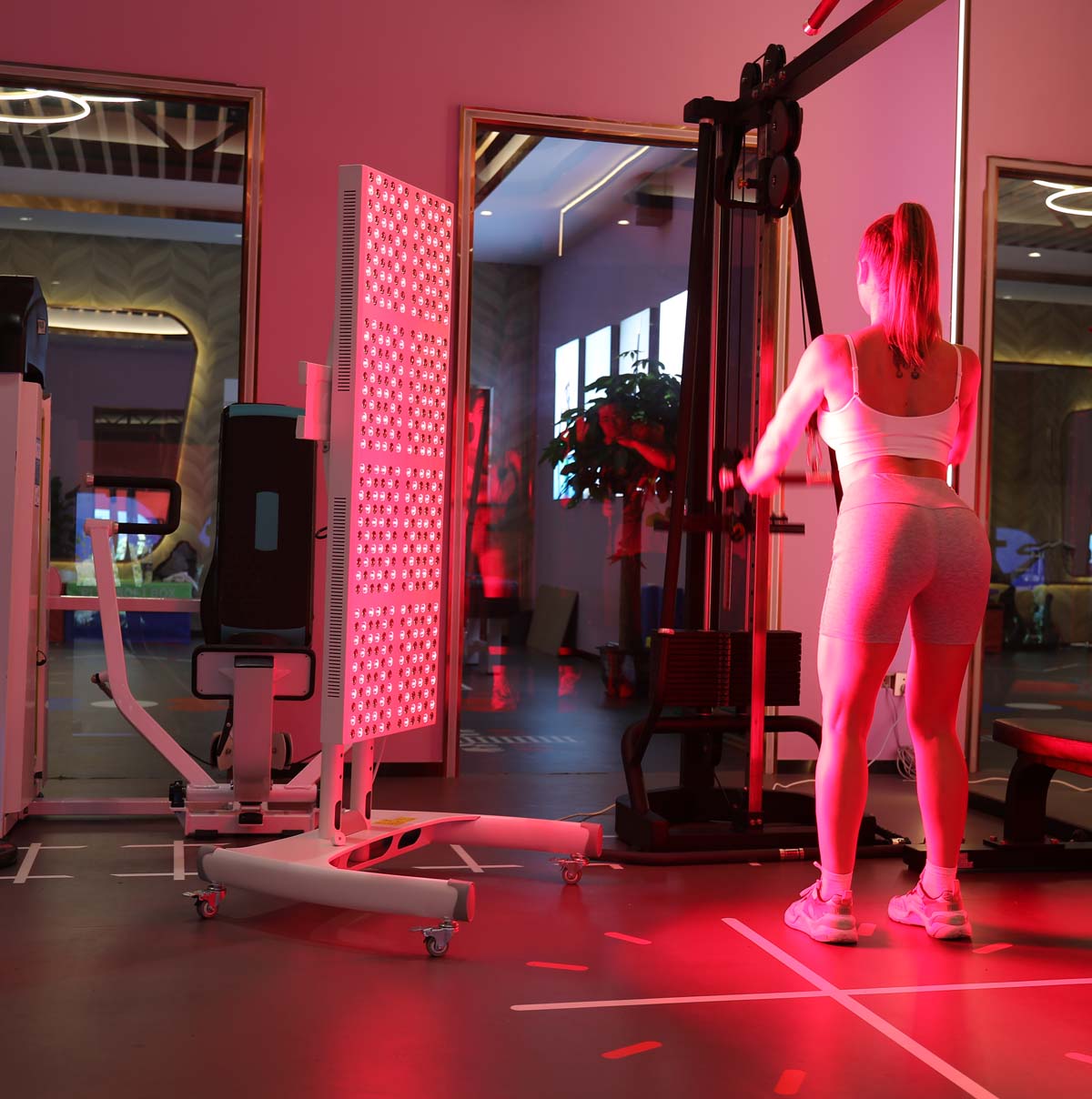

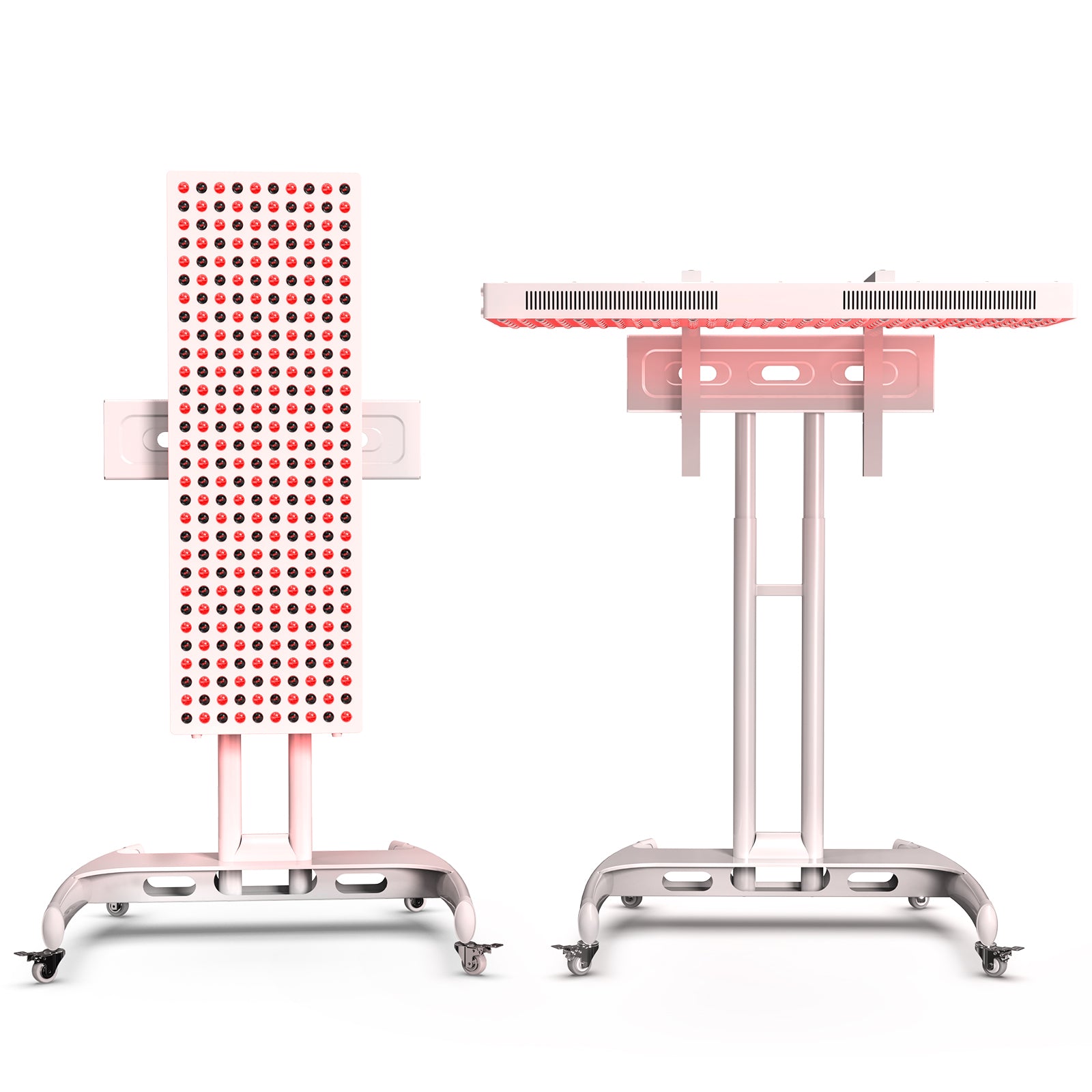
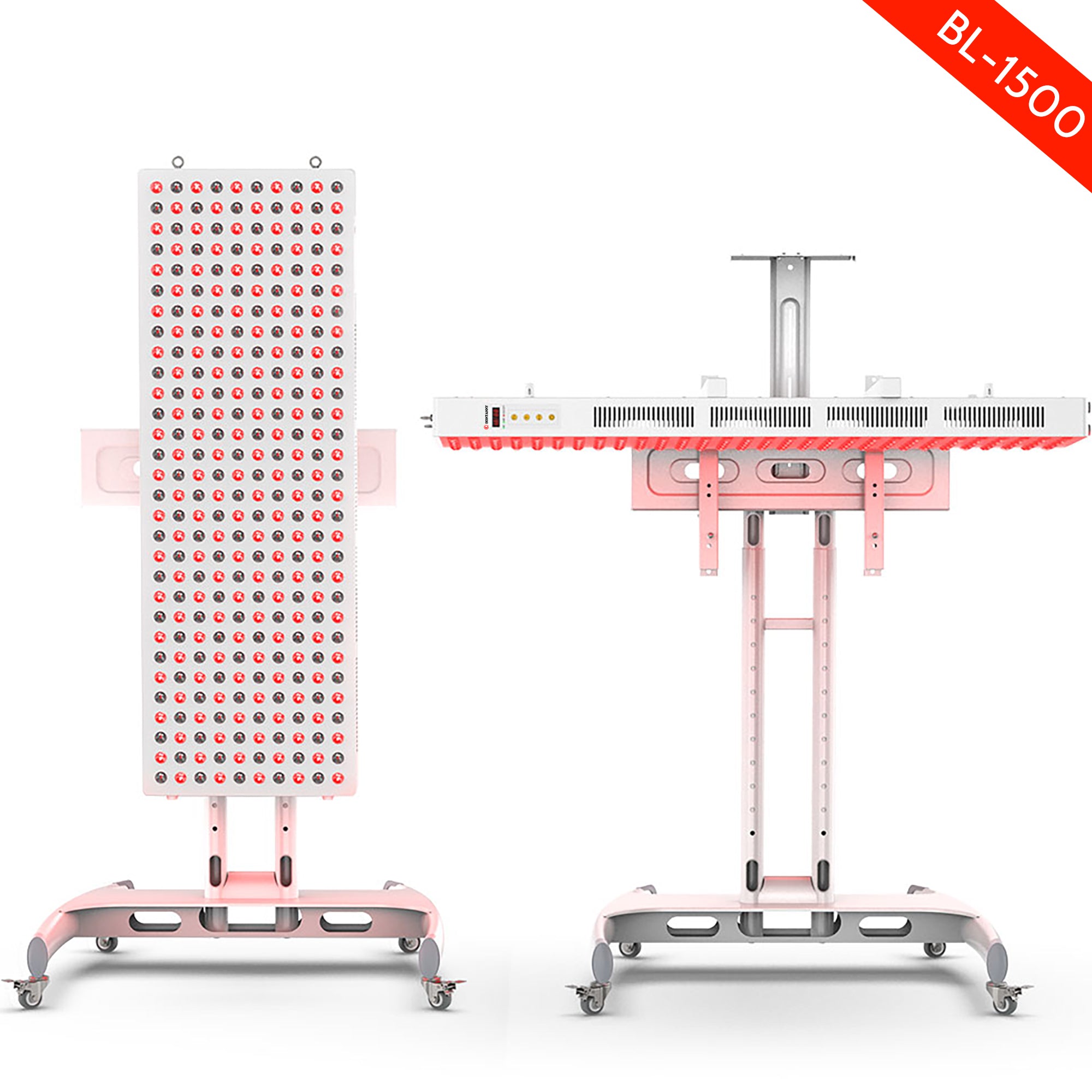
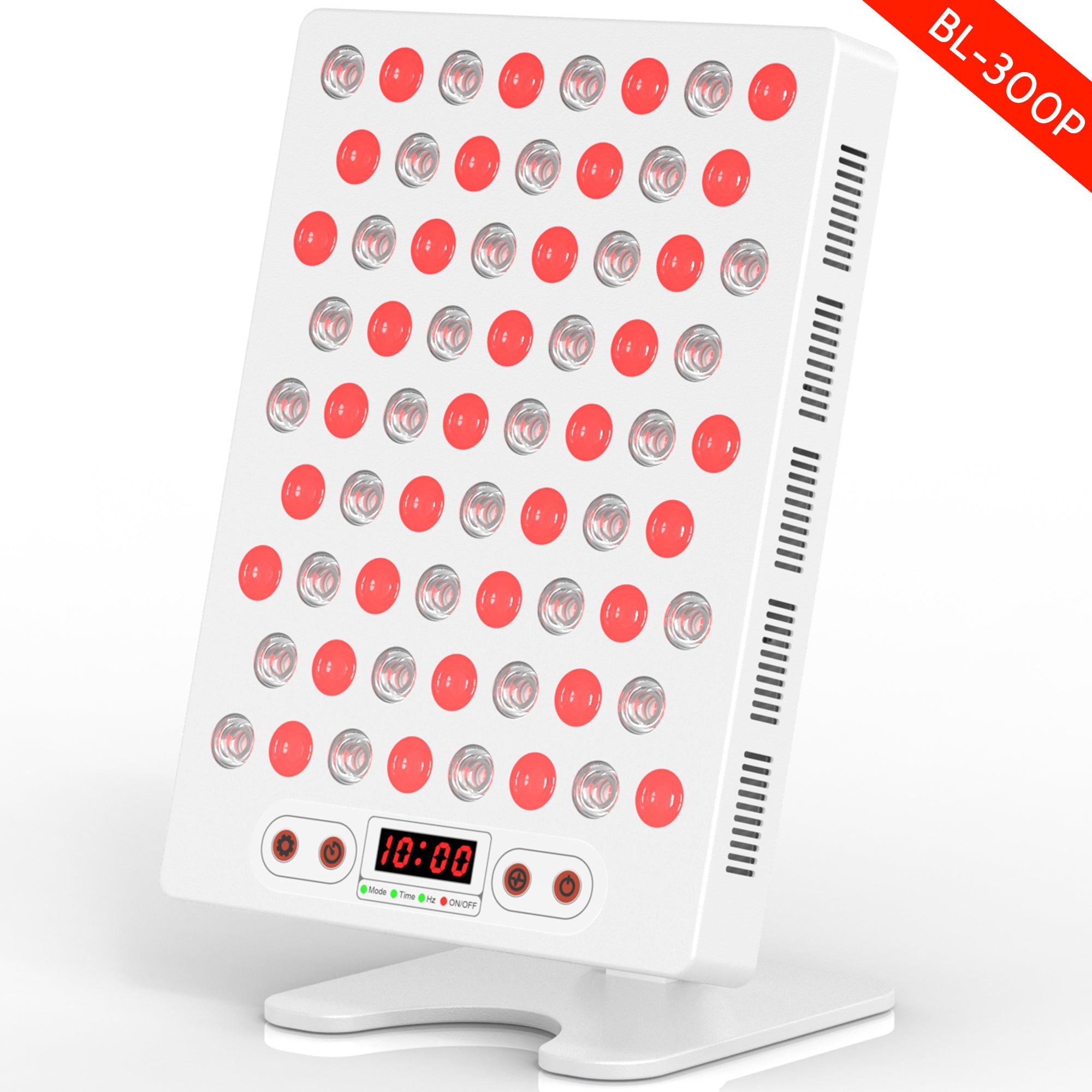
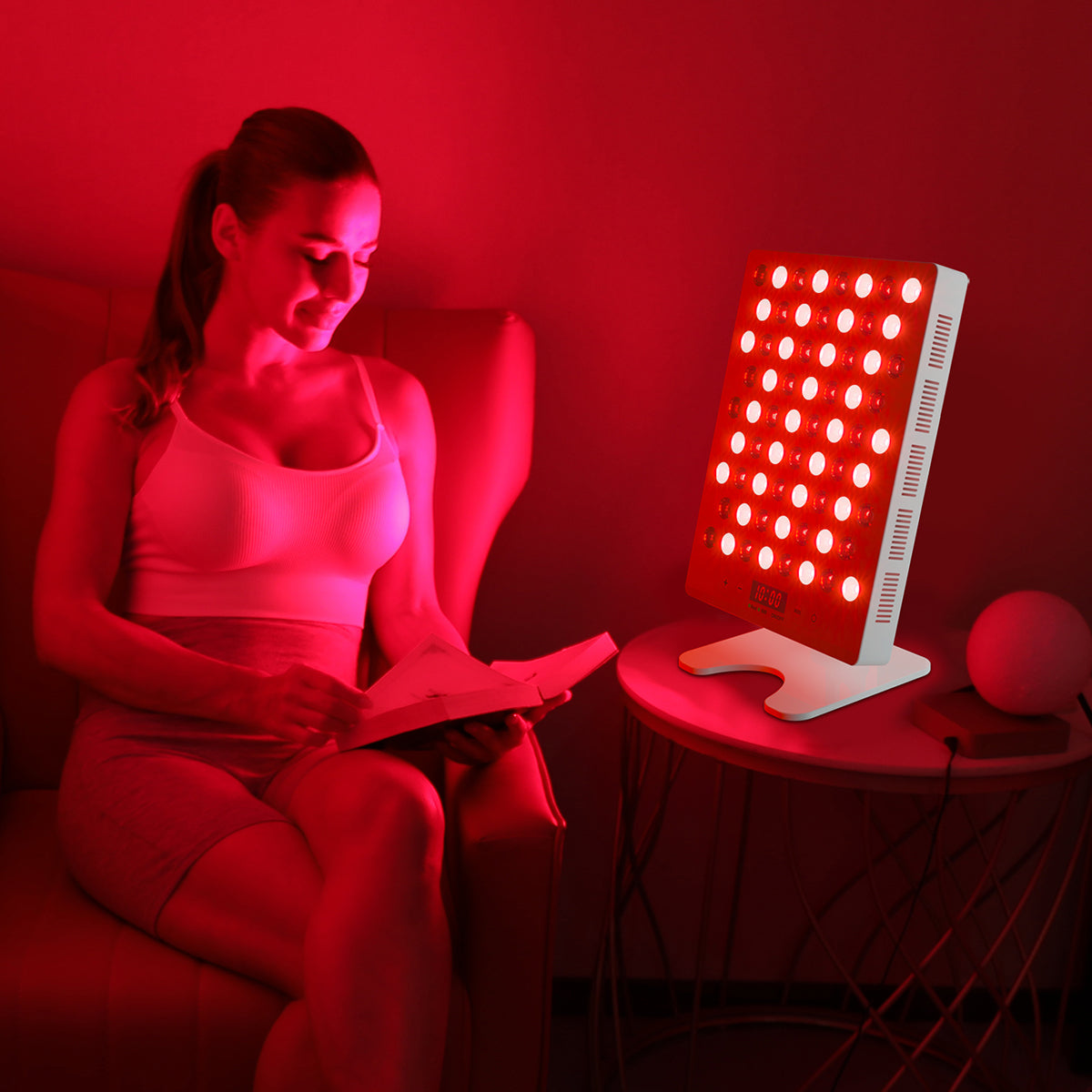
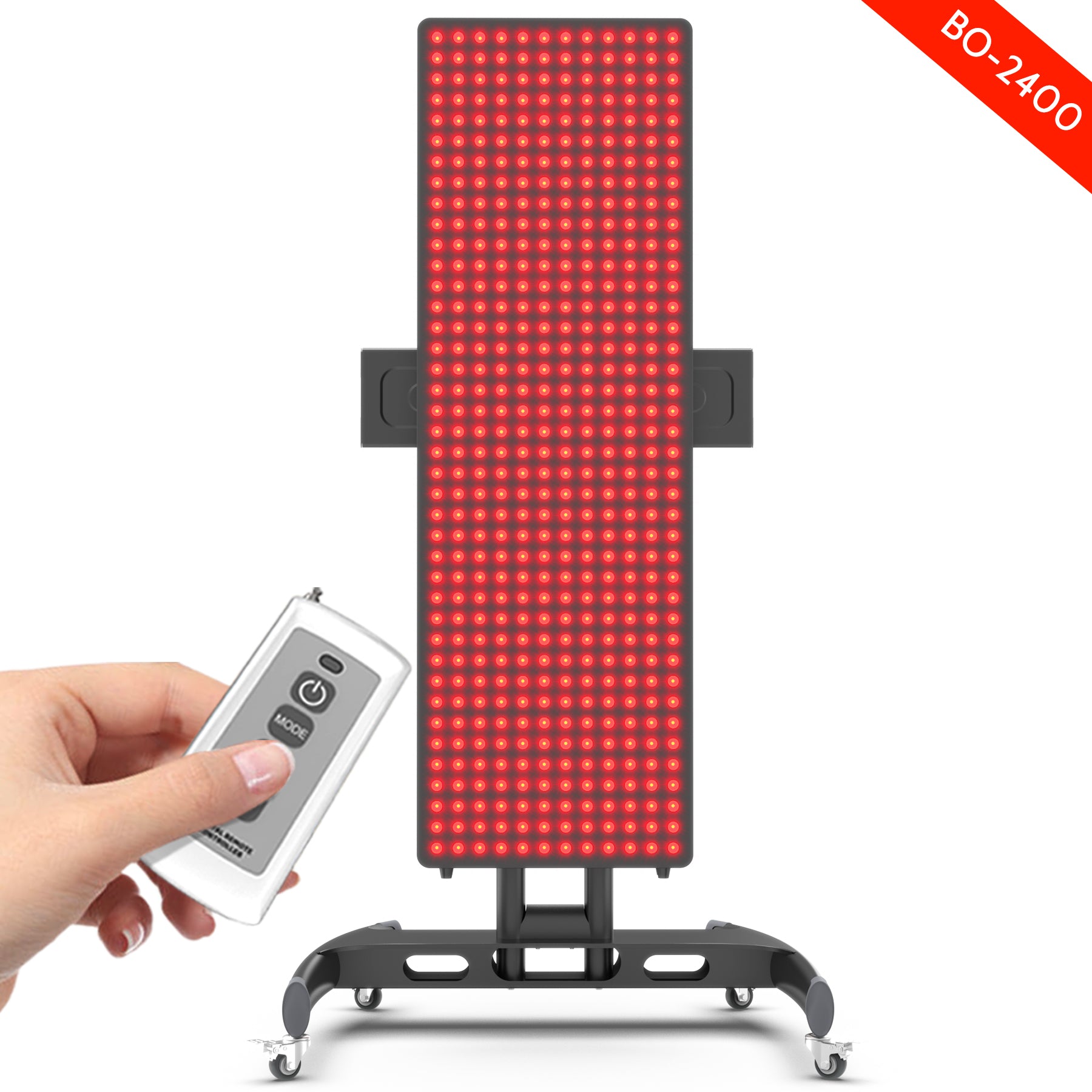
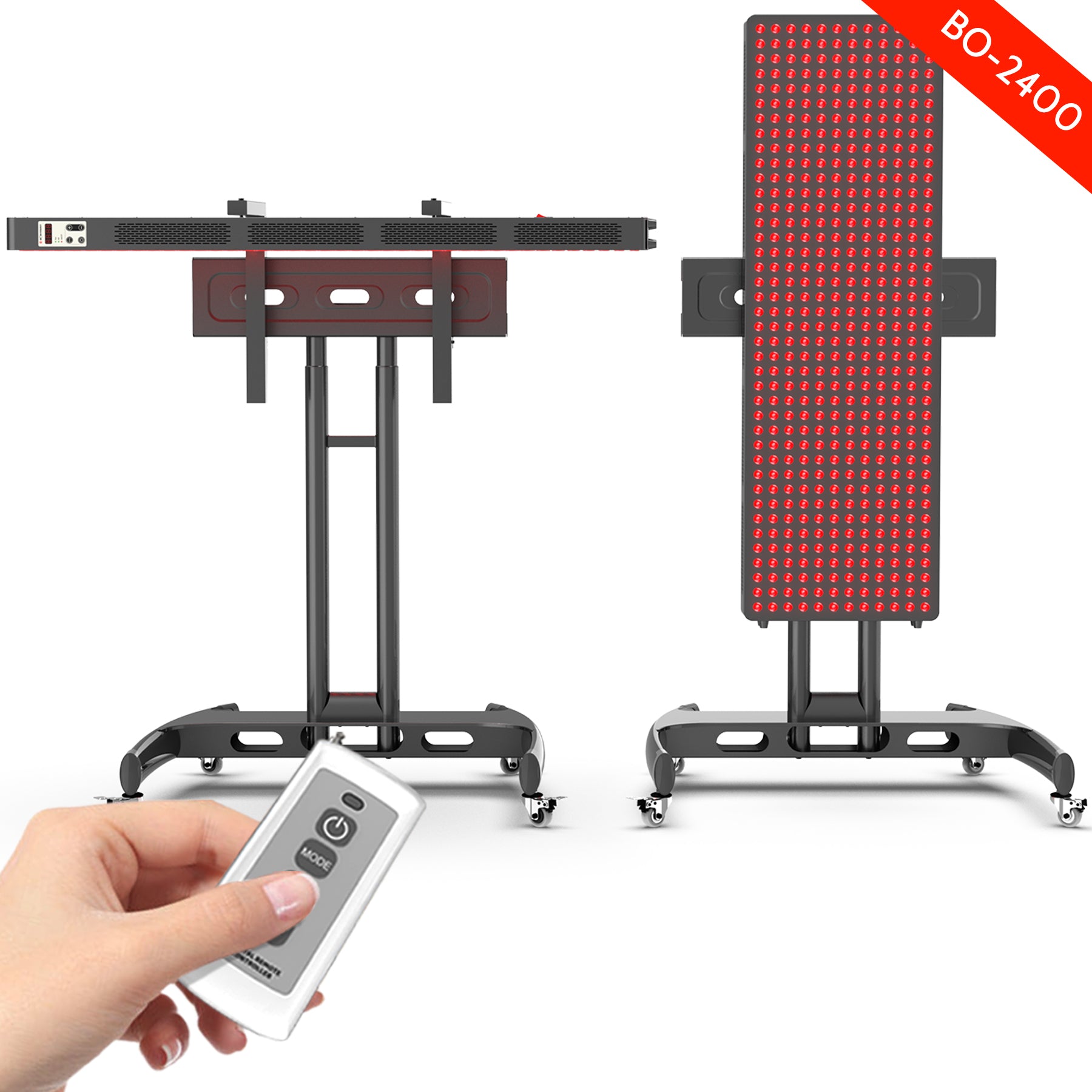
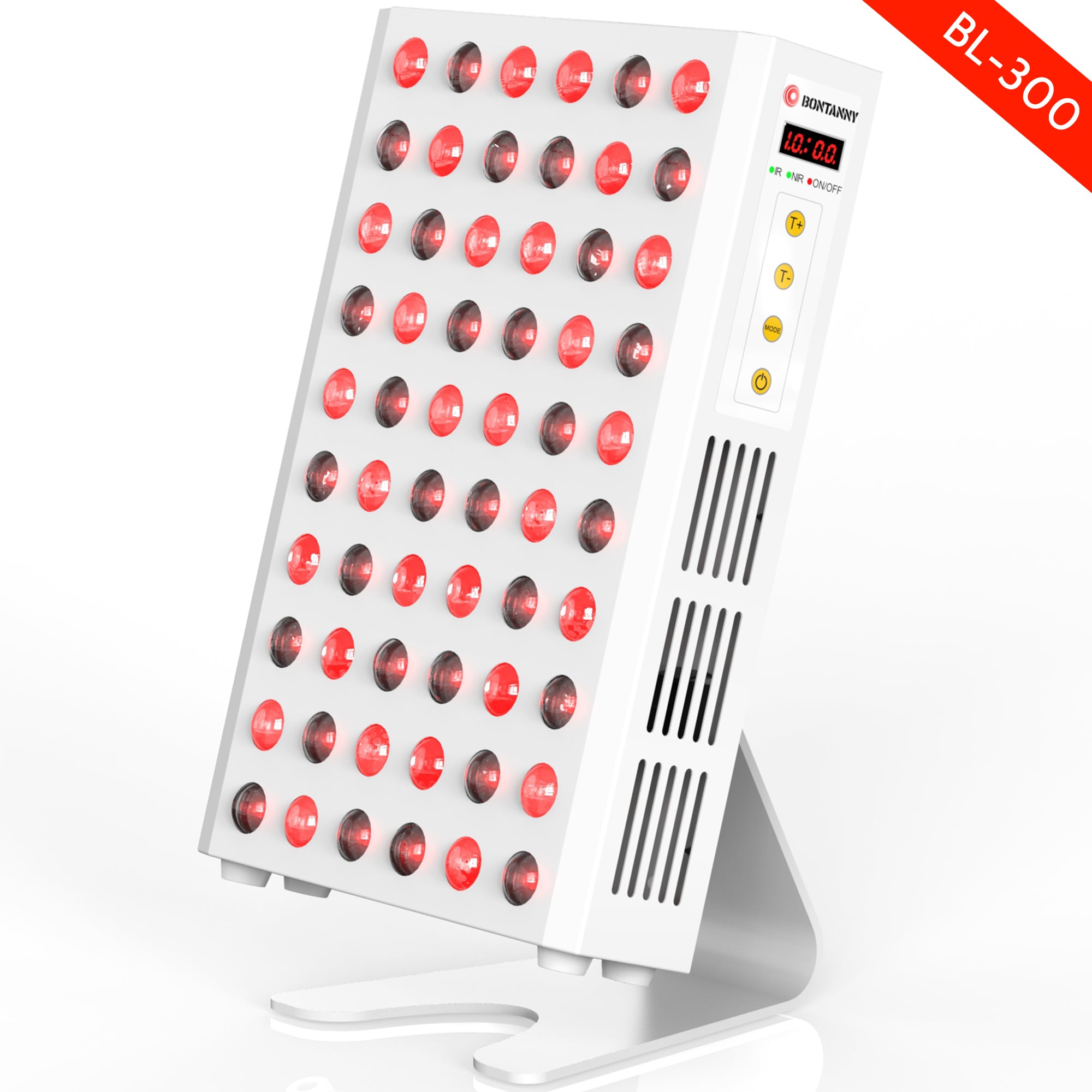
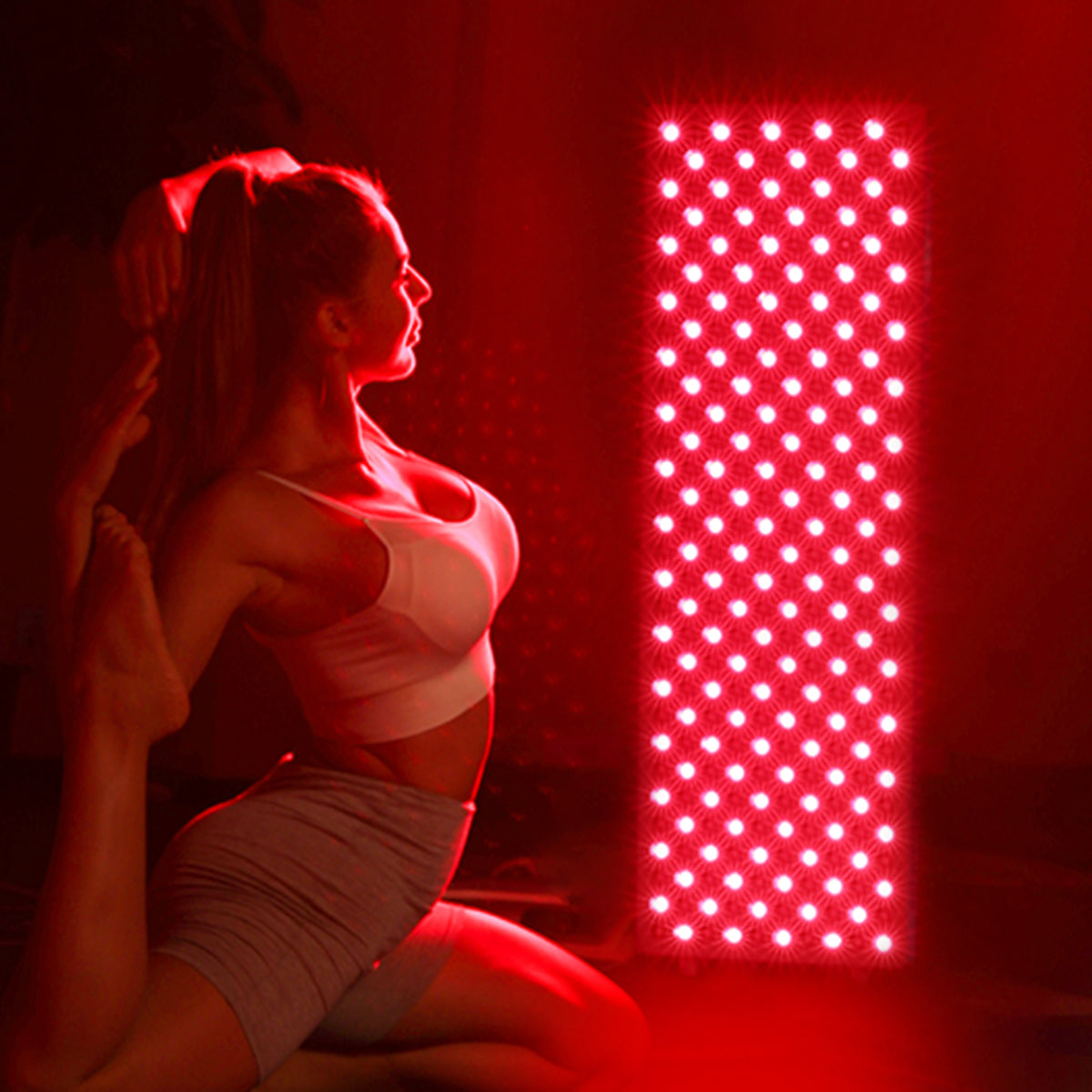
Leave a comment
This site is protected by hCaptcha and the hCaptcha Privacy Policy and Terms of Service apply.